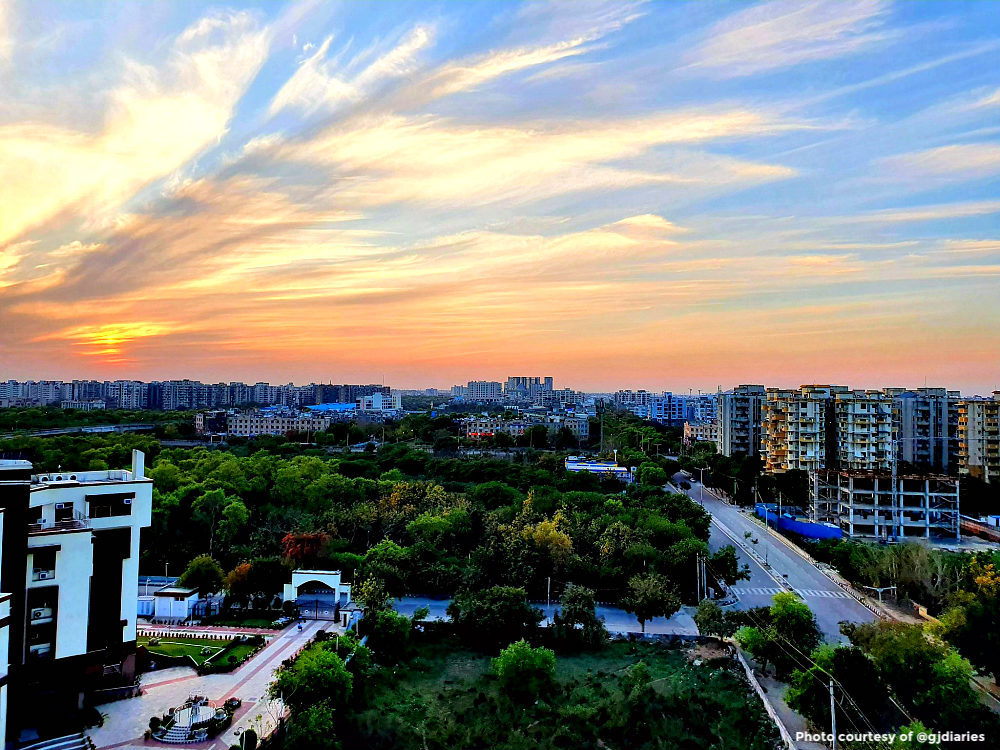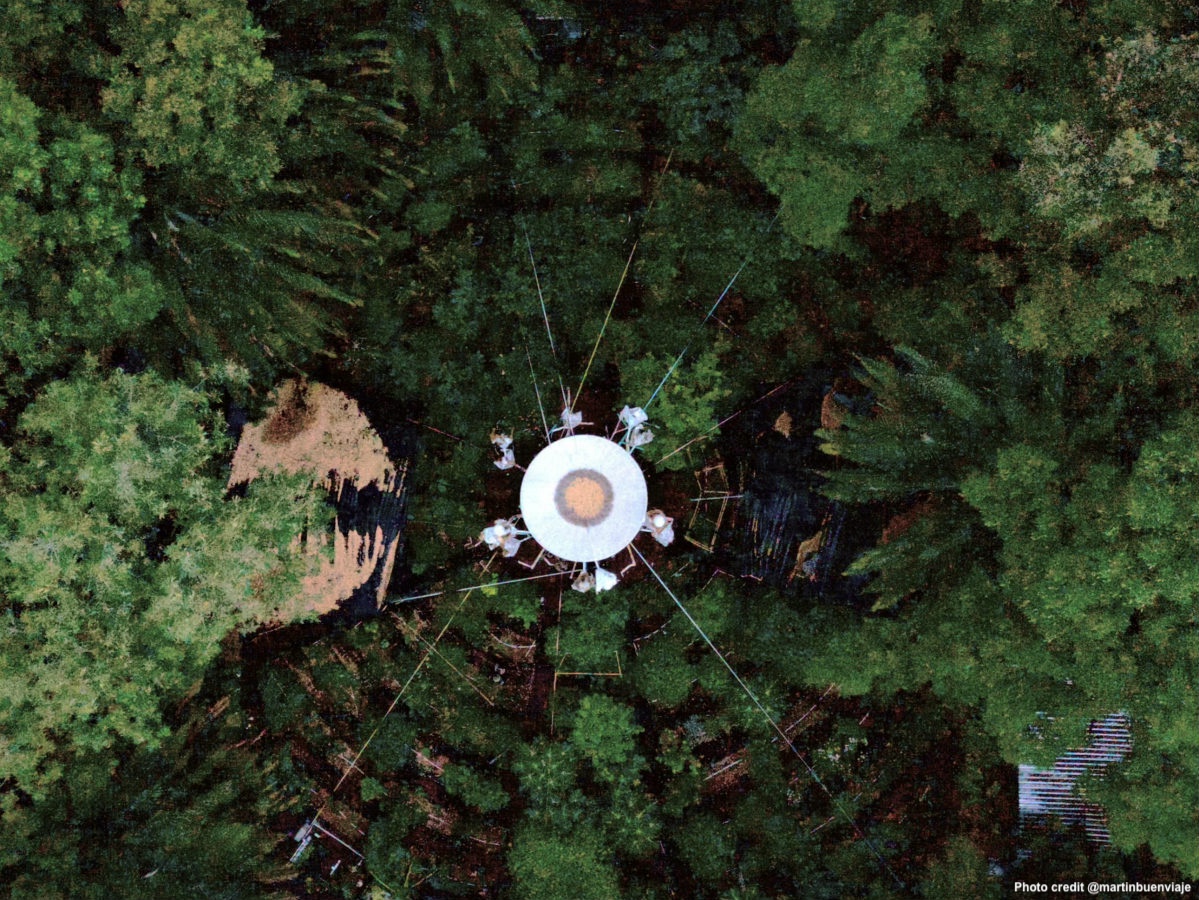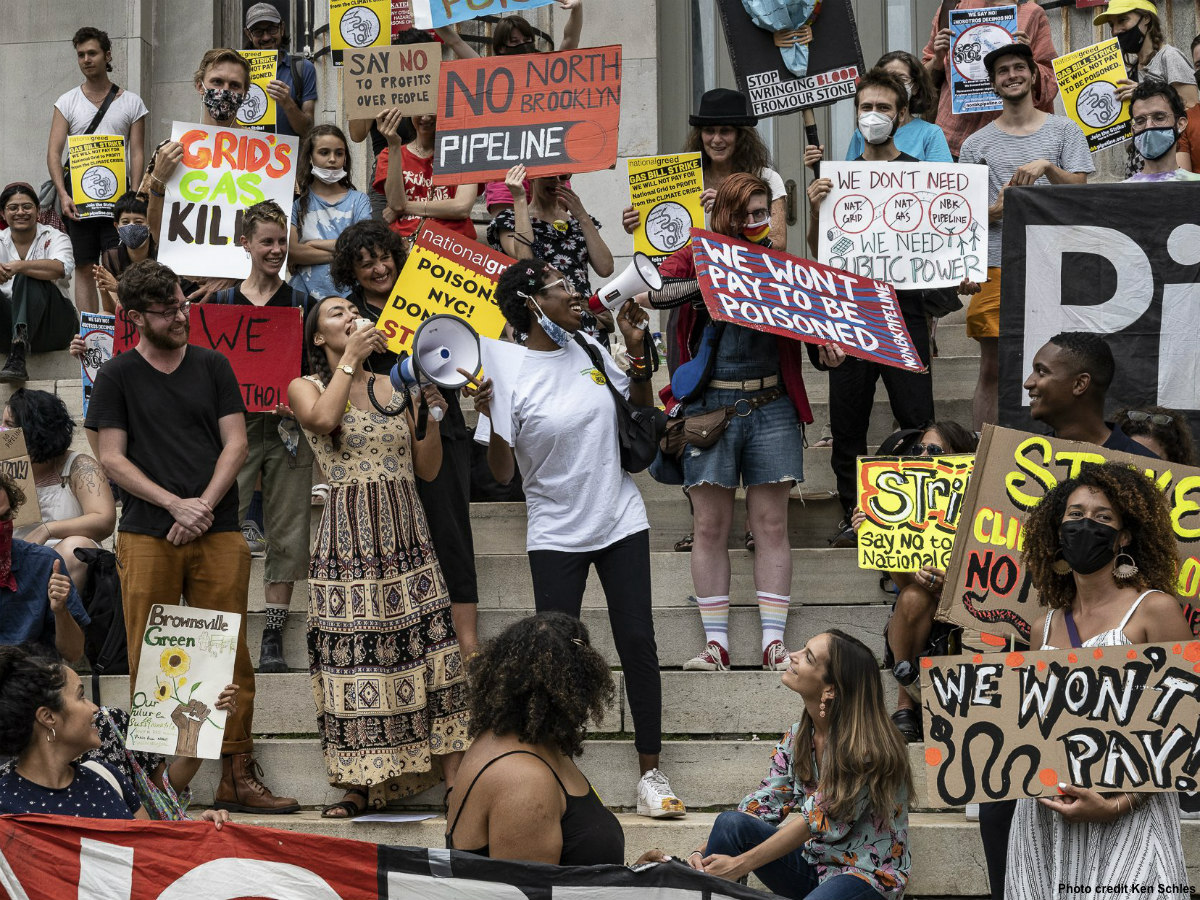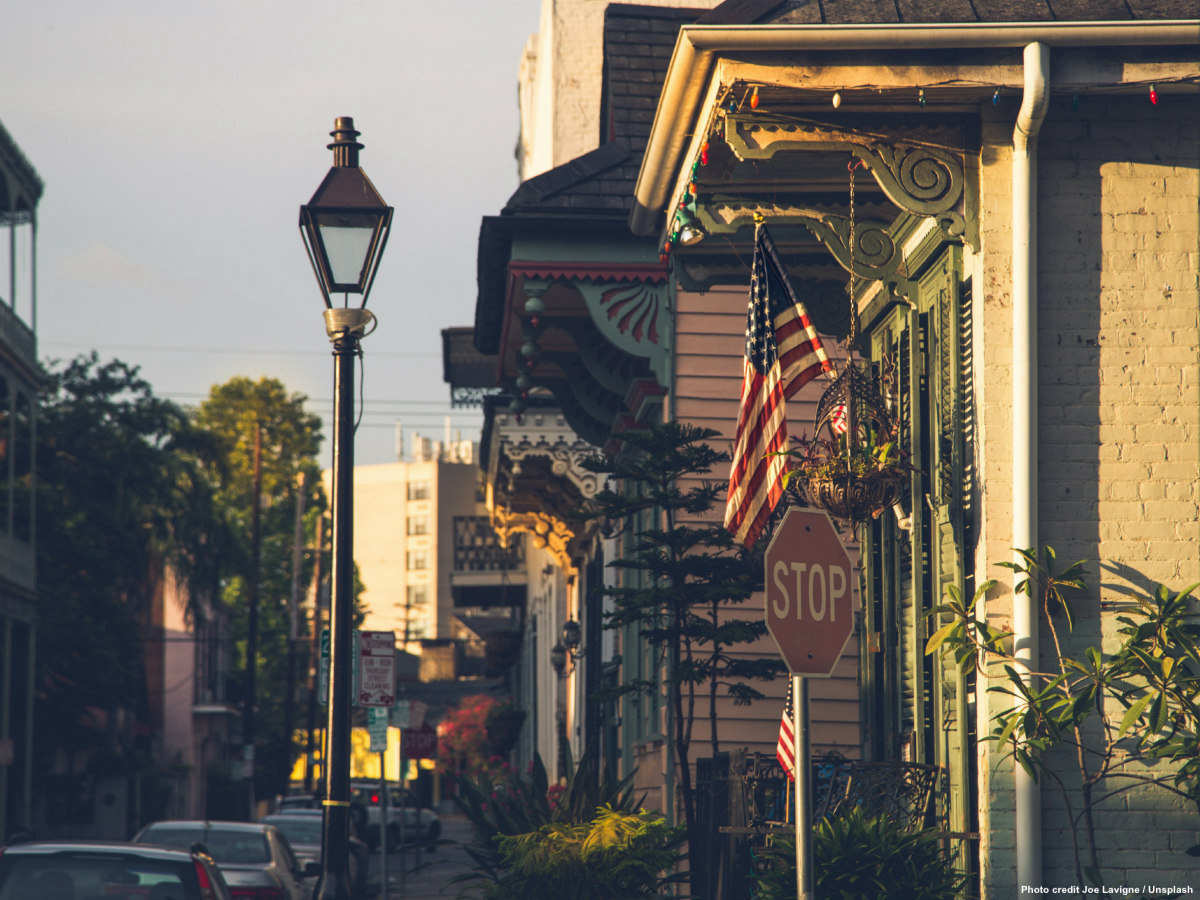Photos of blue skies in Indian cities have inundated social media networks. Where you once saw cities shrouded in thick, unhealthy smog, now you can even watch spectacular views of mountains on the horizon. The lockdown due to Covid-19 has drastically reduced air pollution, but foremost it has also opened the eyes of citizens who had forgotten their blue skies. Meanwhile activist group Care for Air is trying to gain momentum in its mission to make the voices of campaigners and citizen advocates heard among oblivious citizens in Delhi about the dangers of pollution and build on a democratic demand for clean air at government level.
‘In Delhi every new born baby is a smoker from day one’, says Jyoti Pande Lavakare, journalist and co-founder of non-profit Care for Air. These are hard but truthful words to explain how air pollution affects the individual health of Delhi’s residents.
The organization she has co-founded works on bringing awareness of the negative effects of air pollution and advocates for clean air in Delhi for all.
People panic about Covid-19 because it shows immediate effects in health as people get sick as a direct result of getting infected by the coronavirus. The challenge with air pollution though is that its health effects and the harm caused is very gradual making it difficult for people to understand the consequences to their health, explains Lavakare.
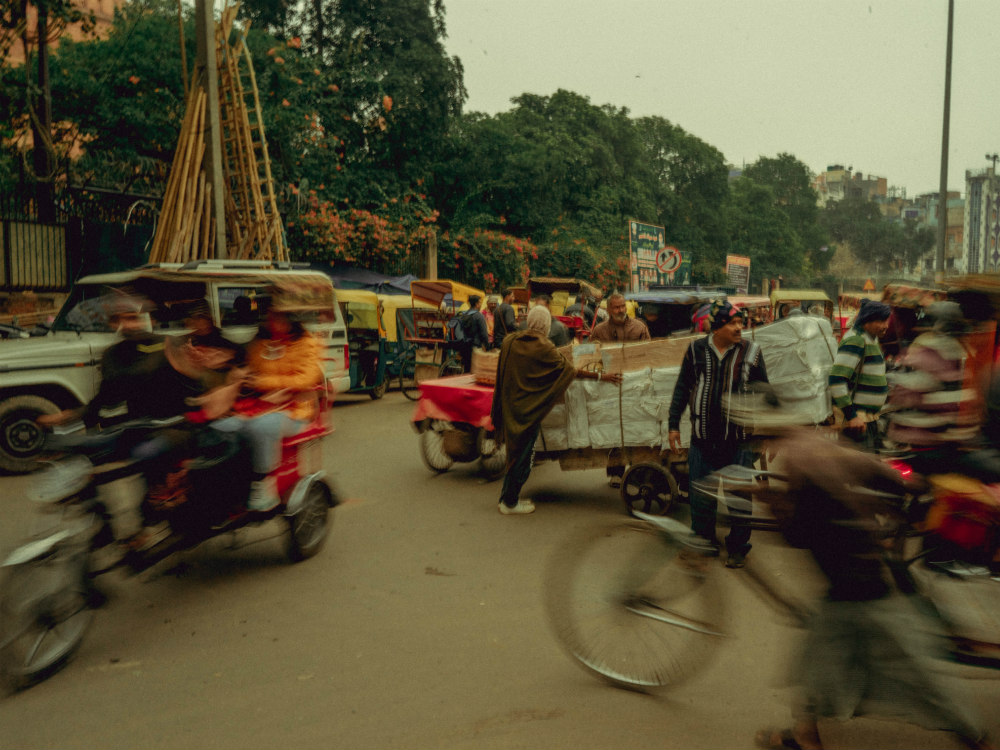
‘I never wanted to become an activist. It was not part of my dreams to become a clean air evangelist, but what makes me care the most about air pollution was that it was affecting my family’s health’. Lavakare is a writer and columnist with a Masters in Economics, who used to write for and worked with Dow Jones Newswires, with stories published in The Wall St Journal and The Financial Times, among others.
She was living for a period of time in the US because her husband worked in Palo Alto as an engineer, before moving back to India in 2009. ‘Even then, my awareness wasn’t immediate, but gradual. I guess I was in denial, like so many others. For the first time I started to be aware of the problem of air pollution in Delhi because I was back with two young kids and, as a mother, you see things differently’.
Often toxic particles in the air of Delhi are at 50 times the level recommended by the World Health Organization
The main sources of emissions are from vehicles, nearby illegal crop stubble burning from neighbouring states, trash burning, brick kilns and 12+ coal and gas-fired power plants in Greater Delhi, all playing a major role in making the city’s air so hazardous to human health. Delhi’s air has extremely high levels of particulate pollution (known as PM 10 and PM 2.5) and gaseous pollution (ozone, NOx, Sox).
Lavakare began doing multiple research about air pollution and educating herself. She used her position as a two-term President of her children’s school Sanskriti School’s PTA to launch Care for Air’s school awareness program about the hazardous air quality and the effects on their health.
‘Change begins in your backyard. Home, school, communities that we are a part of. From composting your own waste to teaching neighbors to do the same. From making presentations at our own children’s schools, to others. We started with the low-hanging fruit.’ This is how Care for Air started as a volunteer-driven movement by expat and Indian parents and professionals in 2014.
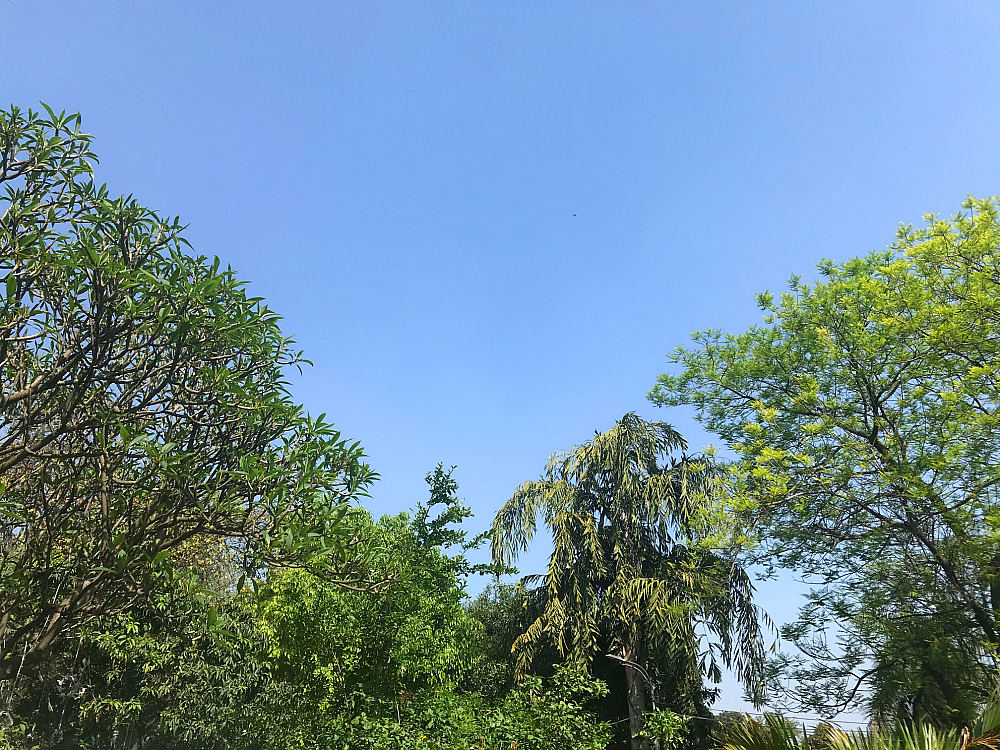
Asthma among children has become commonplace and most households need inhalers and nebulisers for the young and elderly to get through the highly polluted winter months in northern India.
We have shown in research that children are more affected by pollution than adults because their lungs are not fully developed.
‘We set up a transport committee which did an excellent job of rationalising bus routes, encouraging more children to join school buses. The committee collaborated with the school administration and managed to double the number of buses and children, reducing the daily cars outside the school gates.’
By 2017, she had found other like-minded parents, mostly mothers who had mobilized under the #MyRightToBreathe hashtag and joined forces with them to continue working with schools, devising a plan to train the trainers, something they continue to do. Care for Air has also joined hands with several other air pollution organisations through a ‘Clean Air Collective’, which is an unbranded umbrella under which many activists and campaigners work.
In December 2017 Care for Air got its official registration as a non-profit organization. But by the time it came through, Lavakare’s mother was dying in hospital. ‘It was horrifying the casualness with which doctors – attending pulmonologists, oncologists – linked the cause of my mother’s lung cancer directly to air pollution, unsurprised it had remained undetected until it reached this terminal stage’.
The human cost of air pollution in cities
‘By this time, I knew so much about the problem of air pollution, had read so much research about its health harm, but ironically never realised it was striking in my own back yard, my own mother’, says Lavakare.
In her pain she started to write her forthcoming book Breathing Here is Injurious to Your Health, on the human cost of air pollution. ‘I wanted to make some meaning out of her death, so that others would realise that there is an invisible killer stalking us and our loved ones.’ It is not about more statistics as people get bored with air pollution numbers. It rather humanizes the problem, it can happen to all of us. The book is not sentimental but it has emotion. I will be published by Hachette India in September 2020, after being postponed due to Covid-19.
In the meantime, Lavakare has added an entire new chapter Living with Air Pollution in a Post-Corona World revealing the links between Coronavirus and air pollution based on scientific research.
So, yes, reducing air pollution could be another way of reducing the spread of Covid-19, because not only are people living with poor air quality more susceptible to this disease, but also airborne particulate matter can potentially facilitate spreading the virus.
‘If genetics are the loaded gun, air pollution pulls the trigger on many diseases’, states she in her book.
Nowadays Care for Air comprises an impressive multi-disciplinary team with members who practice and lead in many fields including journalism, business, education, medicine, public health, atmospheric science, and legal practice. Their qualifications range from a Master’s degree in Global Environmental Change from King’s College London to qualifications at the Massachusetts Institute of Technology.
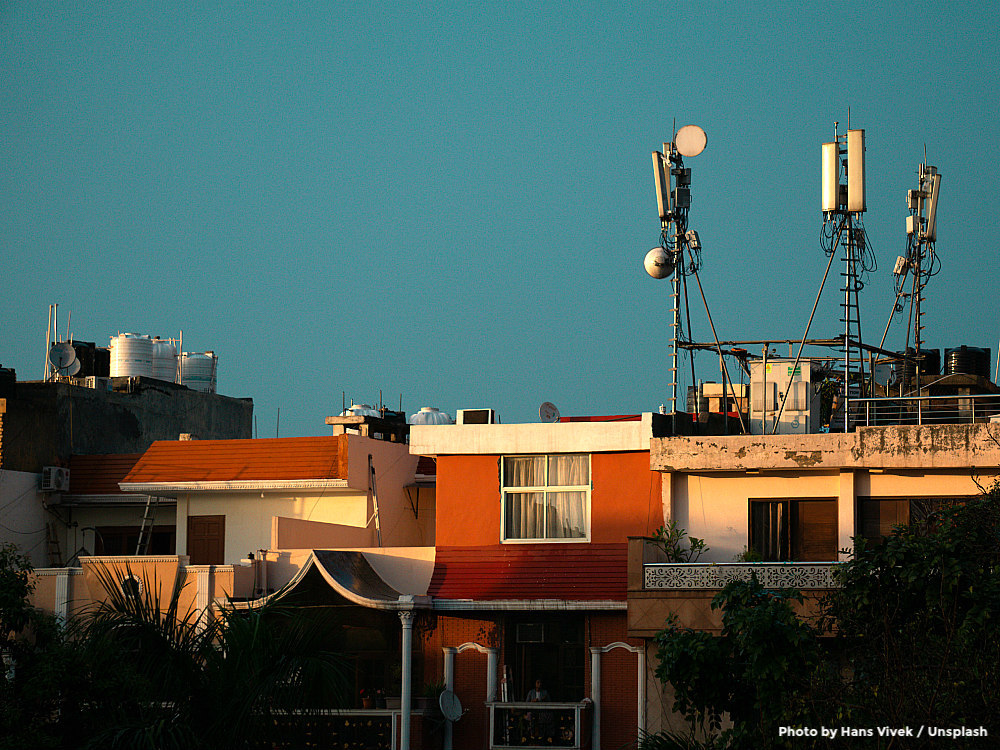
Some of these members are driven by personal stories like Dr. Gita Sinha, whose then 9-year old daughter required emergency room care for sudden-onset asthma attacks. She is a consultant in medical education and public health and divides her time between the US and India. Like another Care for Air co-founder, Abhishek Bhartia, she also became an environmental migrant with no choice but to move away looking for clean air to protect her children.
Orders to clean up the air often come from the courts, responding to pleas by NGOs
In 2017 another one of the founding members of Care for Air, lawyer Gopal Sankaranarayanan, brought to the Supreme Court the plea of three toddlers, through their fathers, of their fundamental right to breathe clean air in Delhi. Among several other points, they asked to ban fireworks during Diwali. Months later, the Supreme Court of India restricted the sale or distribution, and later, even banned the manufacturing of high-emission firecrackers, which is now the law. Only low-emission, green crackers are allowed to be burst between very limited times throughout the year.
Just before winter sets in, the Indian festival of Diwali takes place and people burst firecrackers to celebrate, adding a very large load of PM2.5 as well as a toxic cocktail of chemicals (from the metals present in the crackers that add colours) to the air. Pollution gets so bad to the point that Delhi’s residents cannot fully enjoy Diwali anymore because of the toxic air that they will breathe in in the subsequent weeks. In addition, at this time of the year farmers illegally burn crop stubble despite a supreme court order for all farm fires to be halted.
‘We want the government to take the whole concept of clean air in Delhi and beyond very seriously and put the right energy- and climate-related policies in place and enforce their implementation’, demands Lavakare. ‘Air pollution is a violation of our human rights. We have even filed a petition with the UN Special Rapporteur on human rights and the environment for this violation of our human right. The air here is not fit to breathe for a large part of the year. Breathing here is indeed injurious to your health.’
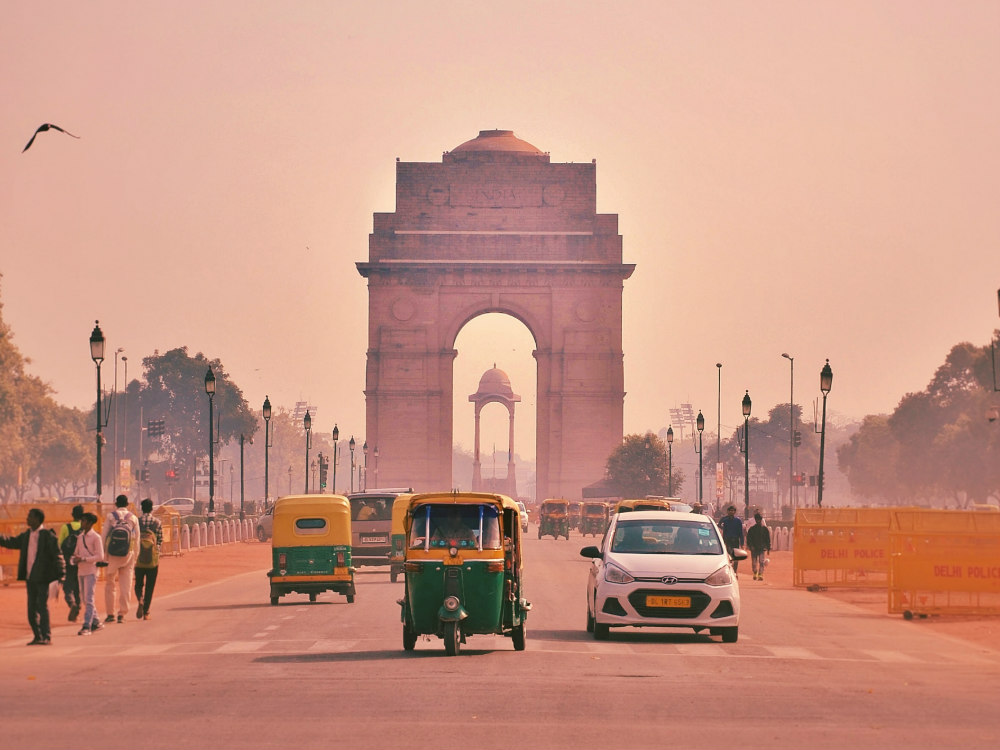
At official buildings several politicians and bureaucrats keep office windows closed with expensive air purifiers on. But many schools and households can’t afford to buy them.
Air is the ultimate democratiser. In fact, air pollution is not a rich people’s problem, as politicians like to present it. It affects everyone, and the poor and underprivileged the most.
Lavakare and her fellow activists see clean air as a fundamental right of all citizens and believe in action by the people where the Government neglects its role.
‘We start at schools but the biggest challenge is to raise awareness among those people who have to sacrifice their health to basically survive on a daily basis. How can you tell people not to burn wood, biomass or garbage, if they need to get warm in winter and there are no alternatives available to them? Also farmers may choose to set fire to their fields for expedience, but the smoke affects them, too. This is why we need structural changes in Delhi and beyond, and foremost, the willingness and the intention of the government to implement them’.
‘The government in Delhi should prioritise clean air as a national mission as they did with toilets in India. Moreover, if the government surprisingly managed to mobilize the whole Indian society to stay in quarantine, they should be able to mobilize structural changes and support companies which follow environmental ethics and so prioritizing the health of people’.
When I was speaking to Jyoti Pande Lavakare on the phone, I was hearing cheerful birds tweeting into our conversation. As citizens get accustomed to their sounds again and the clean blue skies, it is to be hoped that Care for Air’s mission is gaining an unprecedented momentum to call for more civic action and demand residents’ right to breathe clean air in Delhi.
